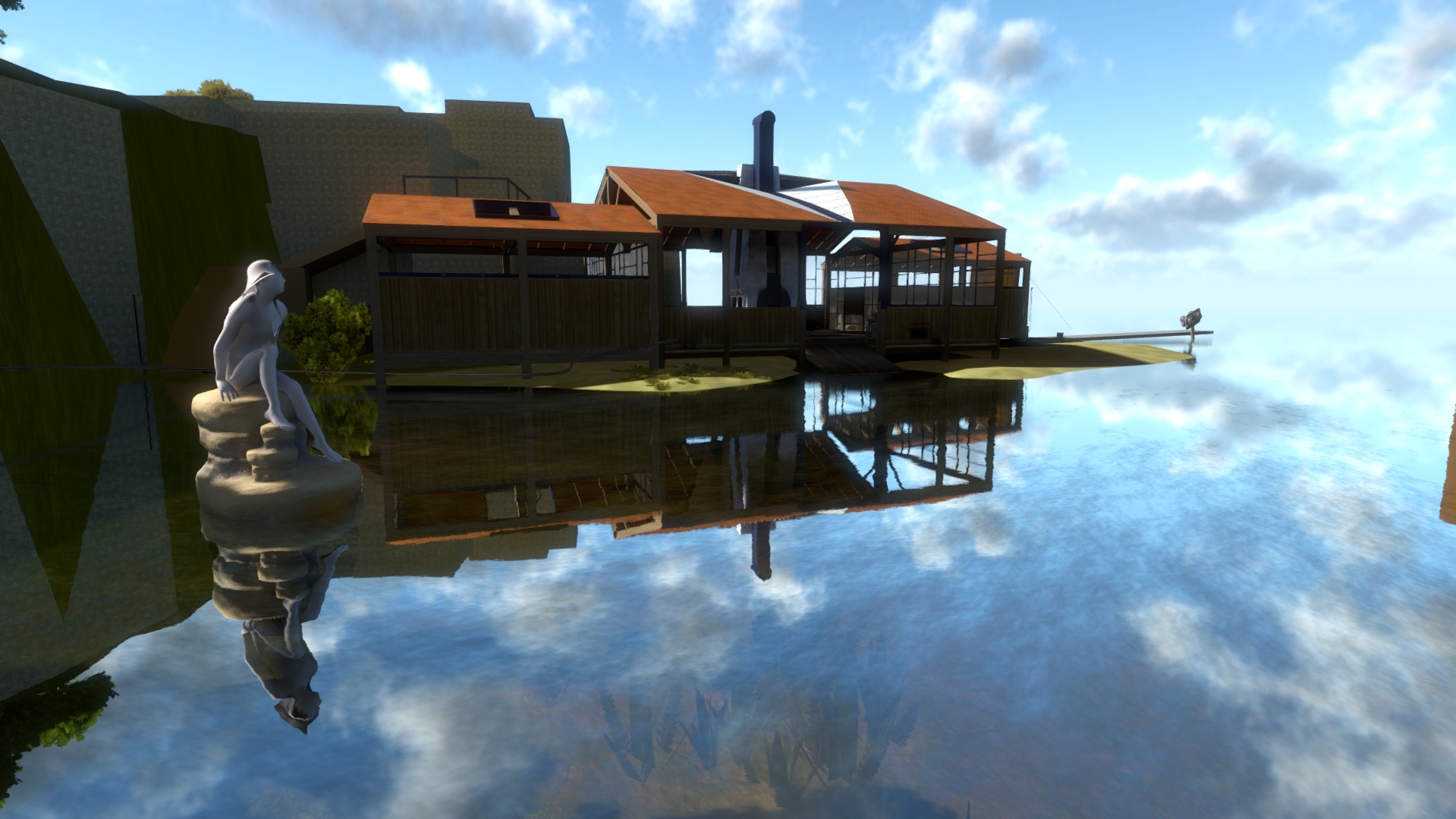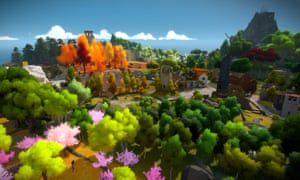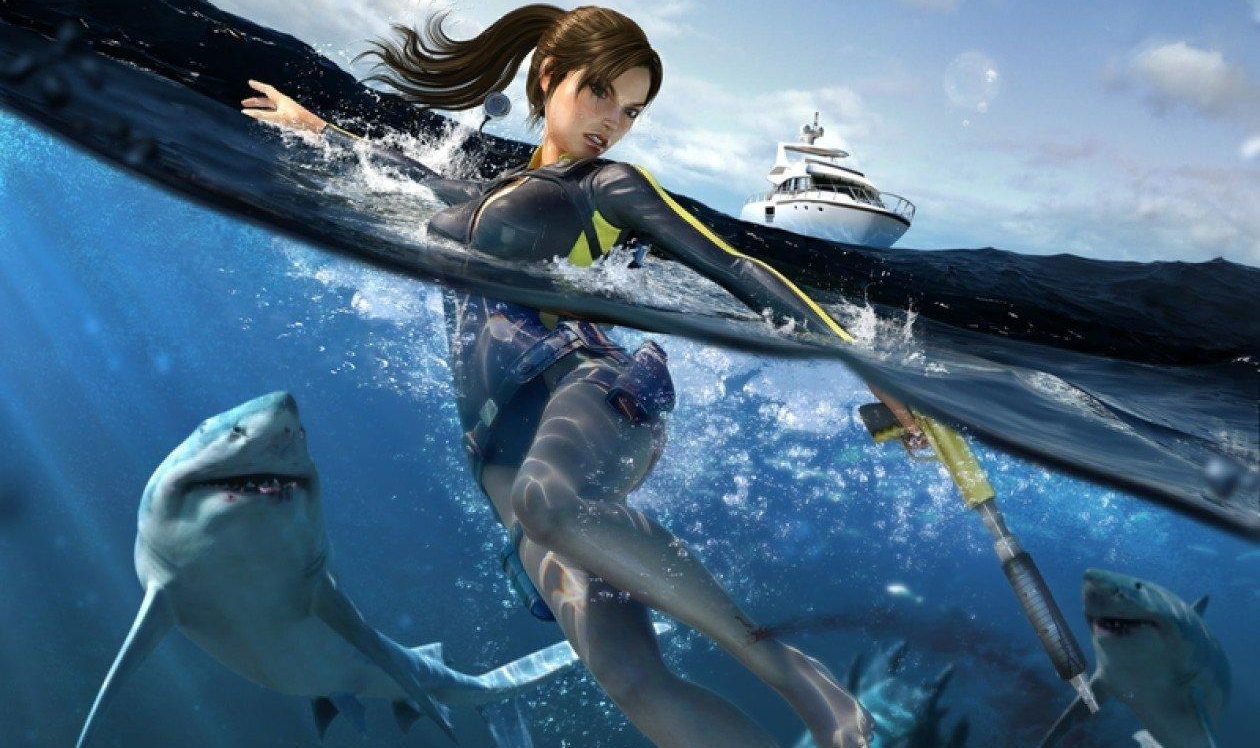Seven years is a long time to speculate , but despite Jonathan Blow and his team at Thekla revealing few details expectations for this game have remained high. After all, remained high. After all, the company’s showing what video games could be.legendary platform adventure Braid was important not only for its role in the rise of independent games but for showing what video games could be.
People have watched trailers for The Witness and theorised that the game’s little mazes are secondary to the real, deeper purpose. But those maze puzzles are the game. The Witness answers the question: what would a very smart man who loves puzzles do with a lot of money?
One part of it is hiring famous voice actors – names like Phil LaMarr and Ashley Johnson, who won two Best Performer Baftas for her work on The Last of Us recites quotes from philosophers and physicists like Richard Feynman and William K Clifford. These logs aren’t tracked or stored anywhere other than their physical location on the island, so anyone who wants to extract a narrative will have to keep the ideas in their head. recites quotes from philosophers and physicists like Richard Feynman and William K Clifford. These logs aren’t tracked or stored anywhere other than their physical location on the island, so anyone who wants to extract a narrative will have to keep the ideas in their head
A more obvious expense is the island itself, which is vibrant and lusciously detailed. Besides the natural beauty of rivers and hills and flowers and trees, perhaps the most impressive work is in the buildings designed in collaboration with real architects, the mechanical structures that creak and clank and thud, and the sculptures. Propped in permanent scenes from different time periods – some have swords, some laptops – these figures make the island feel like a gallery: you get to interpret the story and no one will tell you whether you’re right or wrong.
The island is beautiful but lonely. There’s no music and no animals – only diegetic sounds of waterfalls, machinery, and the sound of your own footsteps. Though water flows and plants sway, the environment feels still and controlled, and it can feel eerie. You’re the only one here, but your influence on the world is limited: you can’t push, pull, pick up, or go anywhere you’re not supposed to.
Your only way to interact with the island, to open doors or create paths or otherwise make things happen, is to draw lines, thereby solving puzzles and occasionally operating switches. Your first act is to draw a line through a square on a door to open it, and once you’ve walked through into the island you’ll come across hundreds more grids to be marked in much the same way. The rules change – sometimes you need to make sure that the line separates marks on the grid or forms particular shapes – but the process is the same: find a puzzle, solve it, witness the effect (an opened door, a new pathway, or just the activation of a new puzzle) and move onto the next.
This clear demarcation of what you’re supposed to play with is Blow’s main improvement to the formula of classic PC adventure Myst, which was sometimes confusing for the wrong reasons. The Witness does still draws obvious inspiration from that fondly remembered title, however. You begin the game without knowing what you’re supposed to do and how you’re supposed to do it, which is why when we were sent the review code we were asked to reveal as little information as possible about the in-game situations you will face.
The Witness is challenging, but you won’t need to google for an external guide to get through it. Success and failure is clearly signalled, and there’s no unfair punishment. At worst, solving a puzzle incorrectly might force you to redraw the solution to the previous in the series, but that solution won’t have been deleted so you need only retrace it.

Players may be tempted to look up a walkthrough, but they should resist. Every puzzle can be solved with patience, whether you carefully work out the logical necessities before touching the controls, sketch out the maze in a notebook, give in to trial and error, or ask a friend. Out of the 358 I’ve solved so far, the only puzzle I resent is one that I solved through audio cues, which seems unfair for players with hearing impairments.
The open world helps. Sometimes you’ll just find that a break solving other puzzles helps to get you out of a rut, but sometimes you’ll need information from puzzles elsewhere on the island. The world of The Witness is split into areas – desert, treetops, castle, and so on – and generally speaking each contains an interconnected series of puzzles that require a different rule.
Some of these rules are intuitive, to do with the shape of the maze and physical phenomena in the game environment. Others are more arbitrary, represented by symbols of varying levels of abstraction. Each series is designed incredibly well to teach you the rules through gradually more complicated examples. Even in the case of the more arbitrary symbols, the series is designed such that the first few can be solved with trial and error and each new puzzle will eliminate a possible interpretation of the rule until you’re left with a hypothesis that you can then test on the next.
Once learned, these rules can be applied outside of that contained learning space, and one of the best things about The Witness is how the puzzles tie together. However, an unfortunate consequence is that you might occasionally forget what a particular symbol means, though because your puzzles stay solved you can at least travel back to an area to remind yourself. There’s even a boat (again, controlled solely by drawing lines) with a map that shows where each kind of puzzle can be learned.

Solve enough puzzles in each area and you’ll get confirmation that you’re closer to the end, a climax that brings together everything you’ve learned. Those disappointed by a reward of further tasks ought to look at other video games; there are plenty of examples in which people play to keep playing.
Some fans of Blow’s earlier work seem to have been hoping that the mazes they saw in the trailers are just a veneer for a deeper, mind-blowing experience, but really the world and whatever narrative you can find in it are dressing for an incredibly impressive collection of puzzles. Whether or not you find a deeper meaning at the end, the journey will have been worth it. After all, only those who actually enjoy solving the puzzles will make it that far, and even after 41 hours and 358 solved puzzles I’m eager to go back for more.
- developer:Thekla Inc.
- publisher:Thekla Inc.
- date of release:26.january 2016.


Your Comment Here